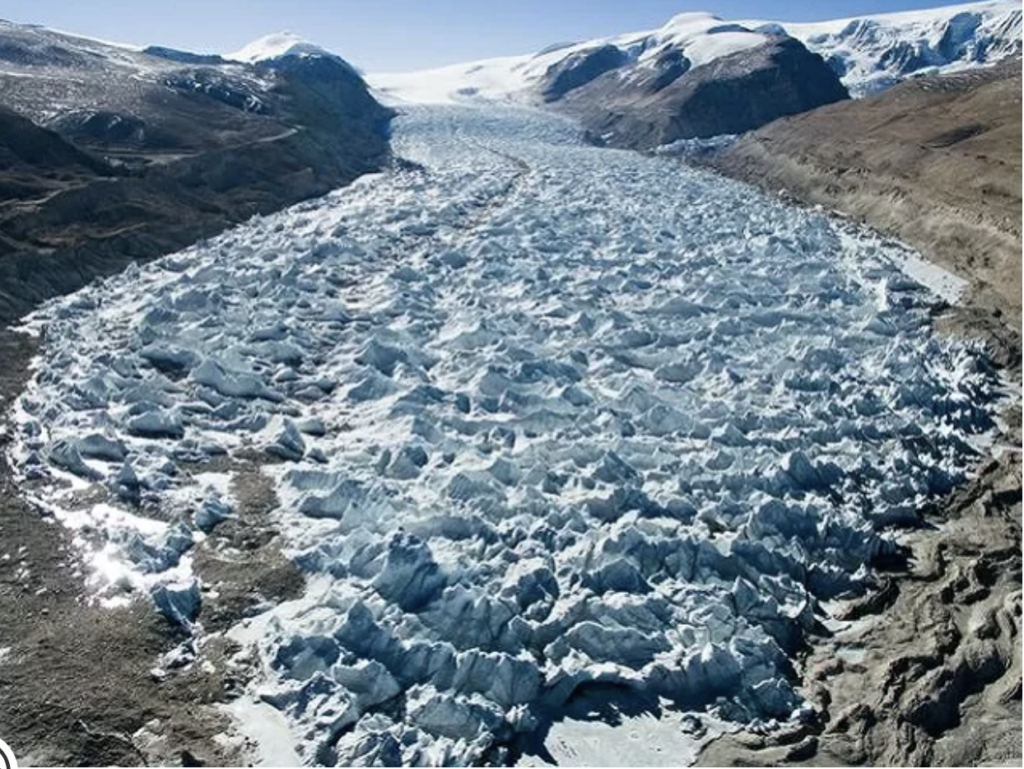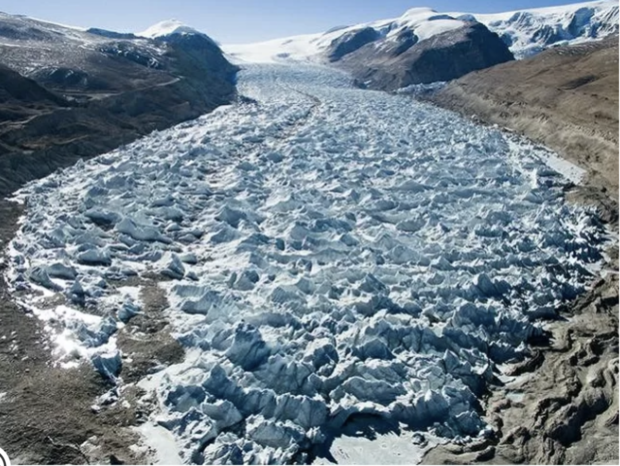The Tibetan Plateau: A Solution to the Global Climate Crisis
As world leaders prepare to gather in Glasgow for the 26th United Nations Climate Change Conference (COP26), arguably the biggest annual summit on climate change, Tibetans are once again warning the the United Nations, that there can never be a comprehensive discussion on global climate change without understanding what is happening on the Tibetan plateau and its 46000 glaciers.
Like a hat on one’s head on a sunny day, the Tibetan plateau with its massive snow cover at an average elevation of more than 4000 meters above sea level, serves as a ‘cooling roof’ for a rapidly warming world. Numerous scientific studies published in recent decades have firmly noted that the Tibetan plateau regulates both the timing and intensity of the Indian monsoon as well as the Southeast Asian monsoon. Some studies have even linked the increasing number of heatwaves across Europe in recent years to the loss of glaciers on the Tibetan Plateau.
Any drastic change to its landscape due to climate change or human destruction could quickly result in serious repercussions across Asia and beyond. Some of the most populous regions in the world like India, Pakistan, Nepal, Bangladesh, Burma, Thailand, Laos, Cambodia, Vietnam and China are greatly dependent on rivers originating from the Tibetan plateau. Tibet’s rivers like the Drichu/Yangtze and the Machu/Yellow feed millions in China, the Gyalmo Ngulchu/Salween and the Zachu/Mekong feed millions in Southeast Asian countries, the Senge Tsangpo/ Indus and the Yarlung Tsangpo/Brahmaputra feed millions more in the Indian subcontinent. As per a United States policy report, 1.8 billion people in Asia are dependent on rivers originating from the melting glaciers and the thawing permafrost of the Tibetan plateau.
Unfortunately, due to the plateau’s vast surface area at an extremely high elevation and also the rampant environmental destruction in Tibet under Chinese occupation, the temperature rise on the Tibetan plateau is twice the global average. This has led to rapid glacial retreat, permafrost degradation and an unprecedented number of natural disasters in the region. Scientists have warned that if the current rate of destruction continues, then 2/3 of all glaciers on the plateau will be gone by 2050.
The fast thawing of permafrost on the plateau could also result in an enormous loss of frozen carbon into the atmosphere, which would further exacerbate the rising global temperature and cause extreme climatic conditions across the world. The rapid melting of glaciers will cause a sudden surge in river flows in the next few years, causing floods and landslides in turn. The river volume could reach peak by 2030 and then start to decline, causing unimaginable difficulties across Asia. A recent US intelligence report has warned that changes in river flow due to climate change and melting glaciers could cause regional conflicts and social unrest, particularly in the Indian Subcontinent.
The construction of mega dams on the Yarlung Tsanpo (Brahmaputra) by the Chinese government could further complicate water security in the region. China has long planned 11 hydel dams on the Yarlung Tsanpo river, of which six dams (Zangmu, Gyatsa, Dagu, Jeixu, Lengda and Metok) are either completed, under construction or approved for construction. Large dams inevitably inundate a vast area of land around them for water storage, leading to massive loss of vegetation and wildlife habitat. India and other riparian countries would inevitably face water shortages in the winter as the dams could swallow much of the flow during the dry season, and flash floods in the summer, as excess water from the dams would be released to ease pressure on the dam during the rainy season.

2/3 of all glaciers on the Tibetan plateau are estimated to disappear by 2050, with catastrophic consequences for the world
The impact of climate change in Tibet has been apparent with an unprecedented number of floods, landslides and forest fires since 2016. A massive landslide in Tibet blocked the Drichu, the longest river in Asia for 11 days in 2018, and also submerged many villages and monasteries in the region.
As His Holiness the Dalai Lama has repeatedly said on numerous occasions, the environment and climate change are issues that transcend national boundaries and political divisions. The Tibetan people, the Chinese government and the international community can and should work together for the protection of the Tibetan plateau, for the welfare of millions of people across Asia is at stake.
The protection of the Tibetan plateau is of paramount importance to combatting global climate change. According to V Ramanathan, an atmospheric scientist, ‘our understanding of global climate change would be incomplete without taking what’s happening to the Tibetan plateau into consideration.
Hence, the Tibetan plateau must be central to any global climate discussion and needs to be on the global agenda at COP26.
{Tempa Gyaltsen Zamlha is the Head of the Environment & Development Desk at the Tibet Policy Institute. He is also the Deputy Director of the Tibet Policy Institute, Central Tibetan Administration.}
source by : www.globalorder.live



comment 0